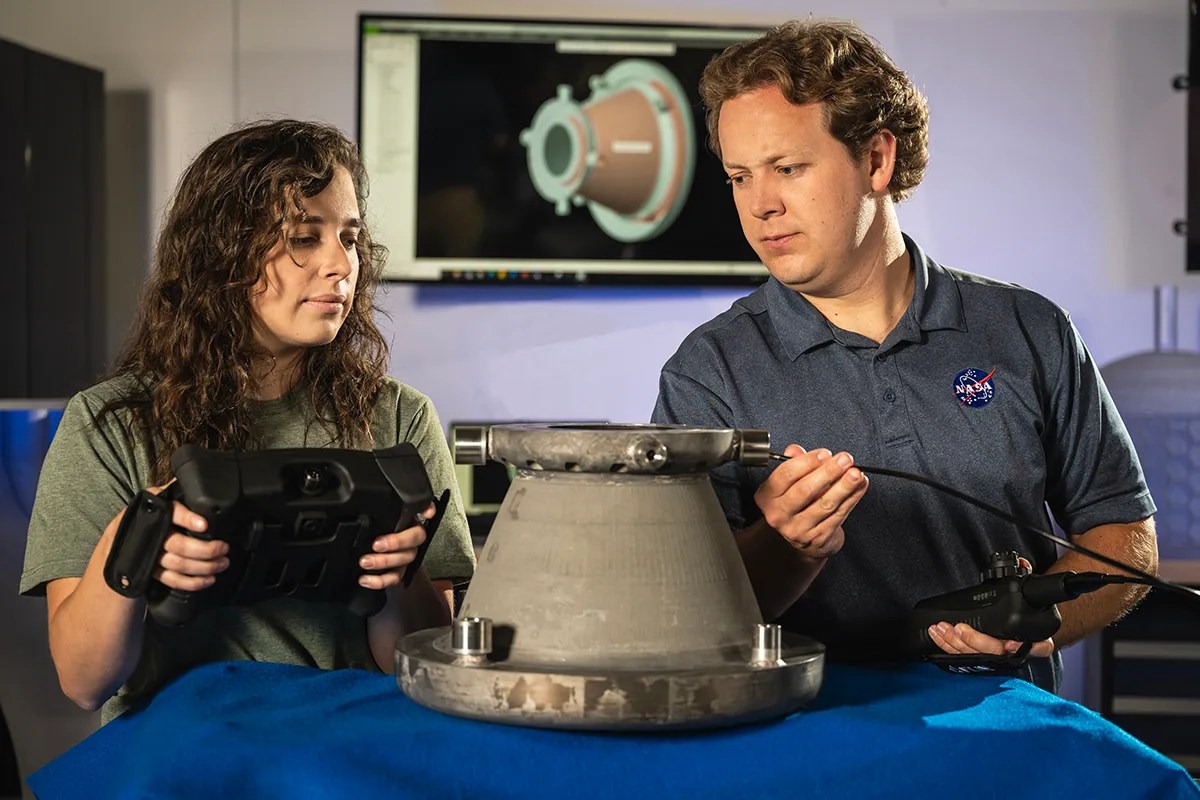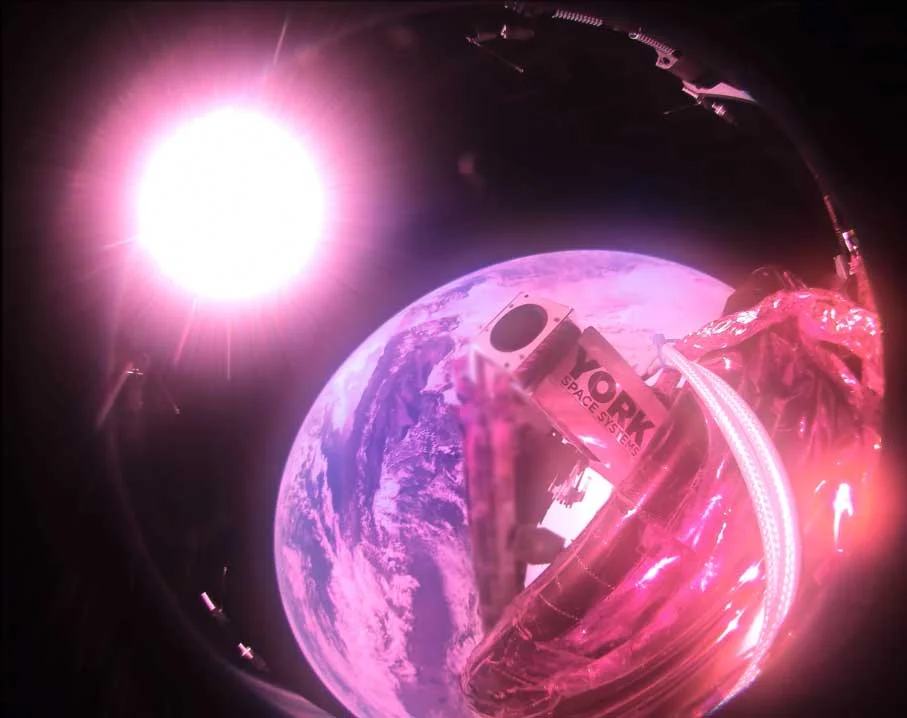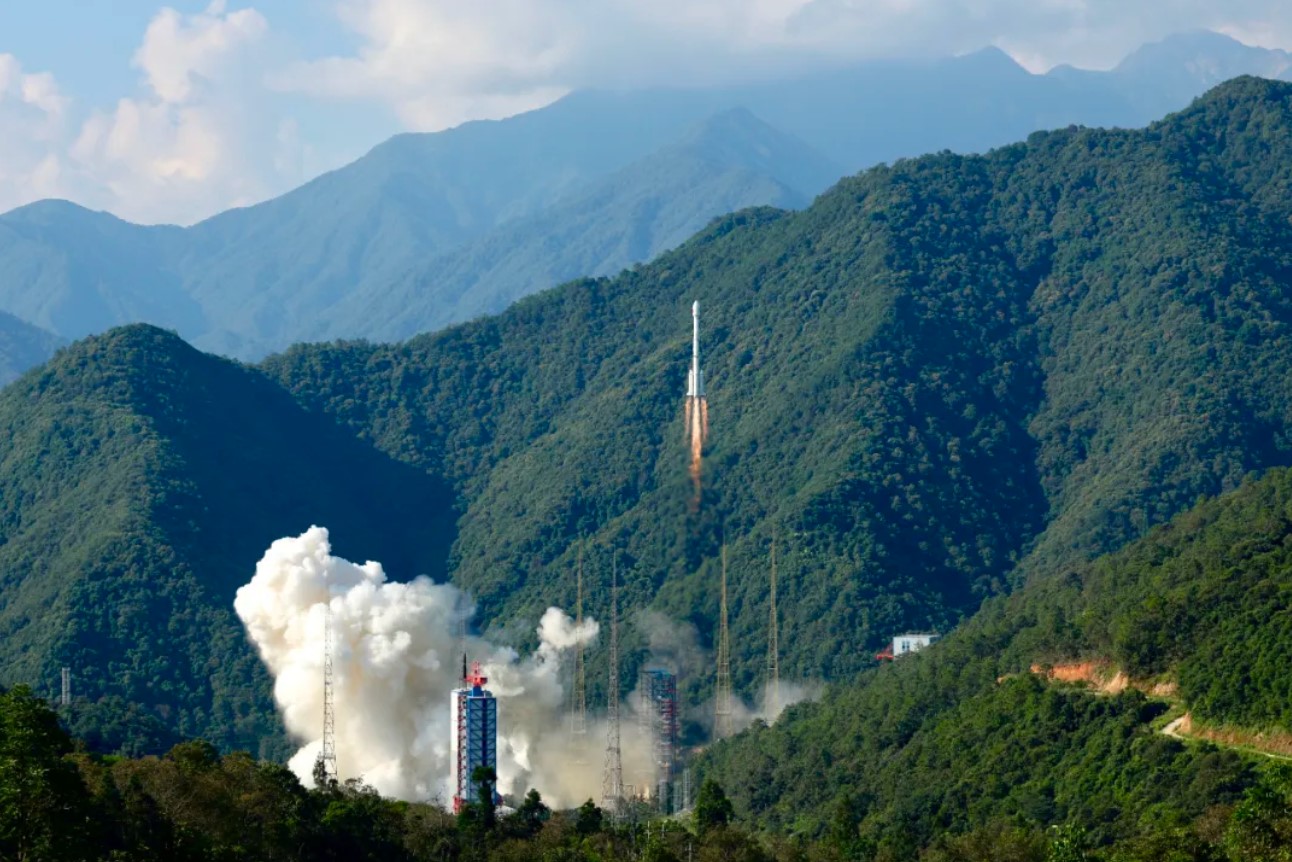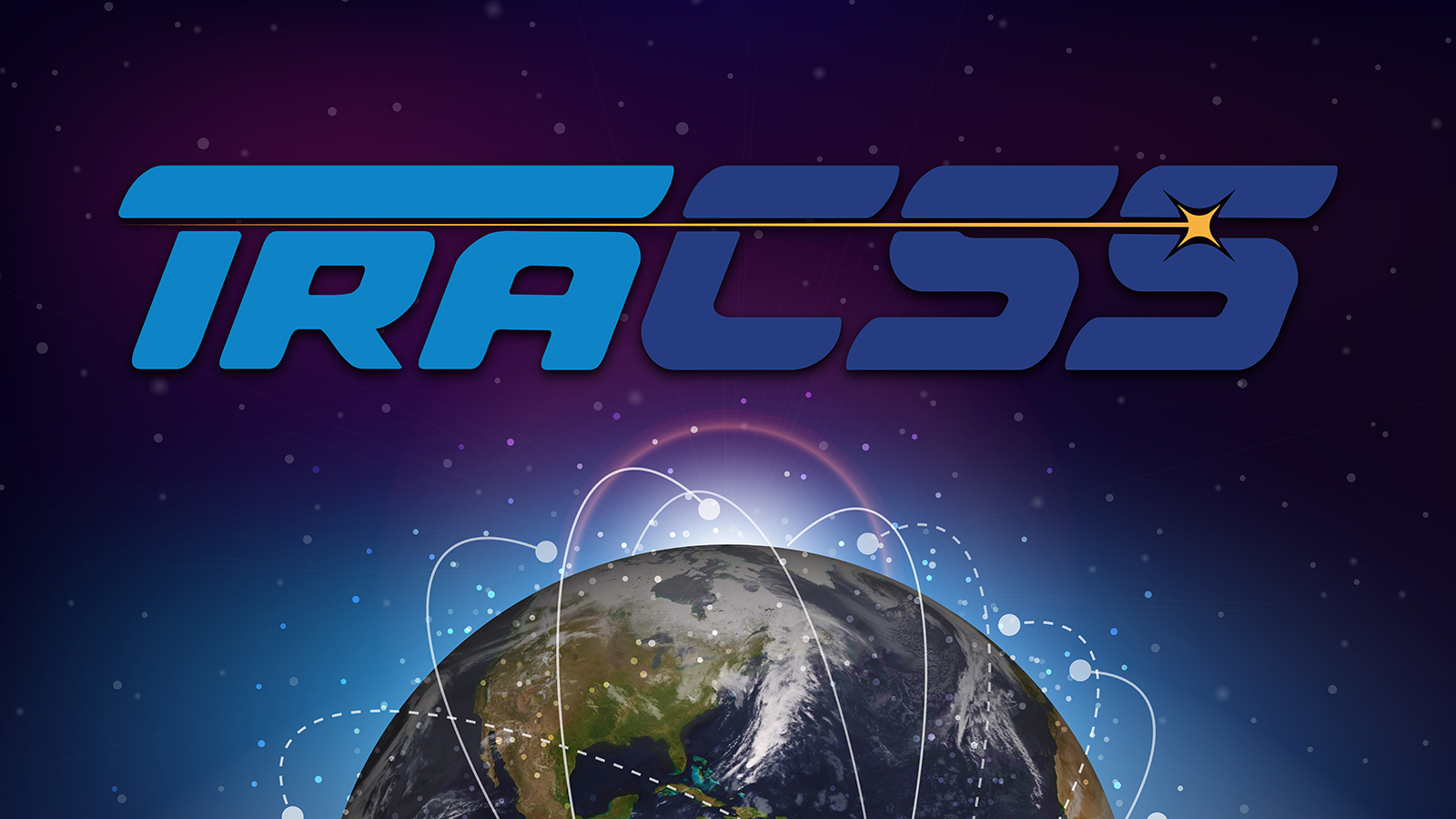America’s space program stands at a crossroads. As a new administration takes the helm in Washington, we have a rare opportunity to redirect NASA toward its founding purpose: advancing American technological leadership and strengthening our economy through space exploration. While the agency has achieved remarkable feats, it has drifted from this core mission under leadership increasingly disconnected from the cutting-edge science and engineering that once defined it.
NASA’s Technology Transfer Program offers a compelling blueprint for what the agency could achieve with proper direction. Since its inception, this initiative has transformed space-age innovations into everyday benefits, from memory foam to water filtration systems. These spinoff technologies have generated billions in economic activity and thousands of jobs. Yet this crucial program receives minimal attention and resources compared to other agency priorities.
NASA’s potential to catalyze private sector innovation represents the future of space exploration—agile, cost-effective, and innovation-driven.
Similarly, NASA’s Commercial Orbital Transportation Services (COTS) program demonstrates the agency’s potential to catalyze private sector innovation. By partnering with companies like SpaceX and Blue Origin, NASA has fostered a thriving commercial space industry while achieving its mission at a fraction of traditional costs. These public-private partnerships represent the future of space exploration – agile, cost-effective, and innovation-driven.
Unfortunately, NASA’s current leadership structure remains rooted in the past. Many senior administrators of NASA’s core directorates (Space Operations, Aeronautics, Exploration Systems Development, Space Technology and Science) have spent decades in bureaucratic roles, far removed from the technical frontiers they’re meant to pioneer. While their institutional knowledge has value, the agency desperately needs leaders with current expertise in rapidly evolving fields like artificial intelligence, advanced materials, and modern spacecraft design.
The solution isn’t merely younger or more ‘current’ leadership—it’s technically proficient leadership.
This leadership gap has real consequences. Young talent increasingly gravitates toward private space companies, where innovation moves at lightning speed. NASA’s procurement processes remain mired in outdated regulations and bureaucrats who honestly don’t understand the products and services being offered. Promising technologies languish in development while competitors abroad forge ahead.
The solution isn’t merely younger or more “current” leadership – it’s technically proficient leadership. In addition to understanding NASA’s rules and regulations, NASA administrators should be active practitioners in disciplines, capable of evaluating cutting-edge proposals and steering the agency toward truly transformative projects. Most NASA senior leadership positions should be term appointments, allowing the best and brightest new minds to cycle through government service and then return to private industry or academia.
As the new administration reviews NASA’s direction, it should prioritize three key reforms:
First, dramatically expand NASA’s Technology Transfer Program’s scope and resources. The program’s meager $25 million per year should be increased fourfold – still significantly less than what NASA spends on PR every year. Rebalancing the failed Space Technology directorate’s portfolio into something useful to American business needs is long overdue. Productive NASA programs like Technology Transfer can inject immediate value into our fledgling new technology economy, if adequately funded.
Second, build on COTS’ success by creating similar public-private partnerships across all major mission areas, including the science missions. With a robust American commercial presence in space, science data can be purchased for a fraction of the cost of NASA operating and supporting multi-billion-dollar science missions.
Finally, restructure NASA senior leadership management positions to require recent, hands-on technical expertise in space-related sciences and engineering, ideally with real private sector experience as well. While there is a need for maintaining institutional knowledge among the top managers, term limits on leadership positions also will assure healthy and continuous new skills and perspectives, driving innovation.
These changes would realign NASA with its original mandate: driving American innovation and economic growth through space exploration. The space race of the 1960s catalyzed unprecedented technological advancement and economic expansion. Today’s challenges – from climate change to energy security – demand similar ambition and innovation.
The stars have aligned for NASA’s renewal. With proper leadership and a return to its founding mission of exploration and the growth of U.S. commercial space activities, America’s space program can once again lead humanity’s journey to the final frontier while strengthening our nation’s technological and economic foundations here on Earth.
David Steitz served as NASA’s Deputy Associate Administrator for Technology, Policy and Strategy and as the agency’s Deputy Chief Technologist, retiring in 2022 after more than 30 years at NASA Headquarters in Washington. Steitz currently works as an aerospace technology, policy and communications consultant.



